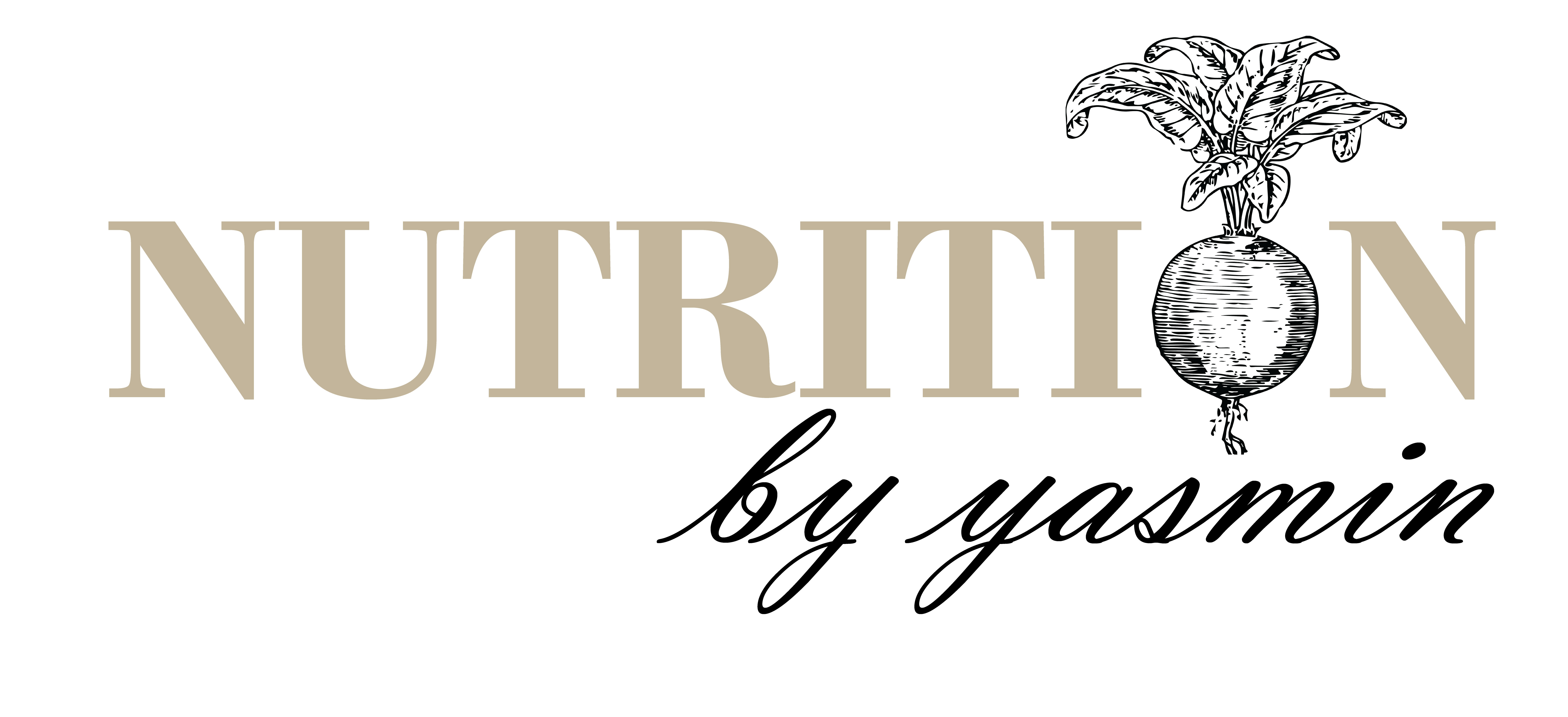Don’t be fooled by these ‘healthy’ foods
There are many products on the shelves today that are marketed as being super healthy and wholesome, when actually it’s just the case of some tactful marketing and use of colours. Whilst I’m not saying never consume the foods below, I just wanted you to have a bit more information, so you are able to make more informed choices when shopping. Many of the foods mentioned below we may associate as being ‘healthy’ but let’s take a deeper look into some of them.
- Granola
Typically made from oats and dried fruit, granolas are a staple item in the continental breakfast, but are they as healthy as we think they are? Many shop bought granolas are packed with added sugar, and contain very little protein. This can spike your blood sugar levels and leave you feeling hungry and grumpy just an hour or two later.
This really depends on the brand you are buying, so its vital that you always read the ingredients and look at the nutrition labels.
A proportion of the sugar found on the nutrition label may come from the dried fruit, so may not be all added sugar, but still watch out for the grams of sugar per portion.
A standard granola potion on most boxes is 45g. I did a quick comparison of 2 different granolas from 2 different brands. Brand A contained 12g sugar per portion, while brand B contained only 4g per portion.
Top tips: Look for granolas that are only sweetened with the dried fruit such as raisins and dates and black treacle. If there isn’t already some in your granola, try adding some nuts and seeds to your breakfast to add some healthy fats and protein. This will slow down the release of the sugars and give you more sustained energy.
Brands I recommend: Lizi’s low sugar granola, Bio & Me granola or make them yourself.
- Juice
Whilst juice can provide you with some vital nutrients such as vitamin C, many important nutrients are removed from the fruits and vegetables through the juicing process. One of the most important is fibre. The pulp that is left over in the discarding tray is in fact where all the fibre has escaped to. The low fibre content also means that the sugars from fruits and veg are released into the blood system a lot quicker.
Top tips: Consume whole fruits and vegetables rather that juicing them to obtain more nutrients, especially fibre. Opt for smoothies over juices.
- Fresh fruit and veg
This one is more of a myth buster as it is common to view frozen fruit and veg as inferior to fresh, but this is one of the biggest nutrition myths! As the produce is frozen soon after its sourced and picked, it can often contain more nutrients that its fresh counterpart. Tinned fruit is also a great option, as long as you look for fruit in its own juice, rather than syrup.
Top tips for using frozen fruit and veg:
- Add frozen spinach to soups, curries and smoothies
- Use frozen berries with breakfast in the morning (take some out the night before and leave to defrost in the fridge)
- Use frozen banana and avocado in smoothies to give them a luxurious creamy texture
- Use frozen peppers in stir fry’s and rice dishes
- Add some frozen peas and carrots to meat dishes such as bolognaise or cottage pie mixes
- Honey
“It’s healthy, it’s just made using honey”. Sound familiar to you? I hate to be the one to break it to you, but honey is in fact still classed as a source of ‘added sugar’ as it is not found within foods naturally. Although it may be from a more natural source, the body still processes it in the same way as sugar. You may have heard that honey contain more nutrients, however there are negligible amount of added vitamins, such as some B vitamins, and you would have to consume buckets of honey for the amount you may find in a serving of chickpeas, for example
Top tip: Use added sugars such as honey and ample syrup sparingly, as you would sugars, and use fruits such as banana to add sweetness to baking.
- Low fat flavoured yoghurts
We have been told to believe that low fat = healthy, but this is certainly not the case! What they won’t tell you is that when they remove the fat, they usually add sugars the compensate. The fat that is found within dairy products such as yoghurt has shown to be beneficial, and it will contribute to you feeling fuller and more satisfied after consuming it. Fat is essential for hormone production and for absorbing fat-soluble vitamins, such as vitamin D, found in small amounts in dairy products. When reading yoghurt labels, it’s always better to read the ingredients list and look for sugars, as yoghurt will naturally contain lactose, the sugar found in milk products.
Top tip: Try and avoid flavoured yoghurts which contain added sugars, and go for plain unsweetened yoghurts, and add flavour yourself with spices, extracts and fruit.
